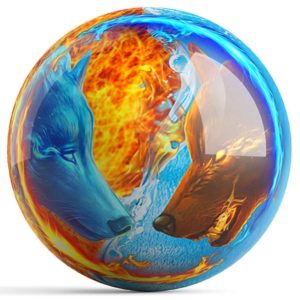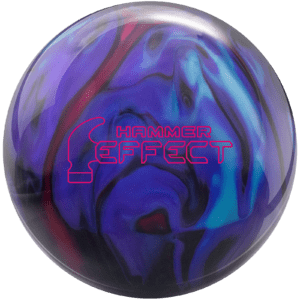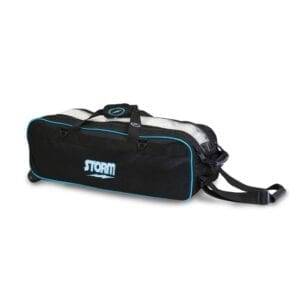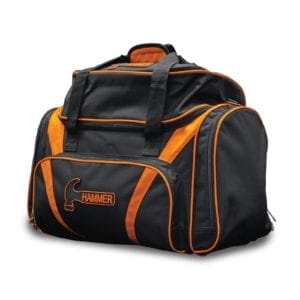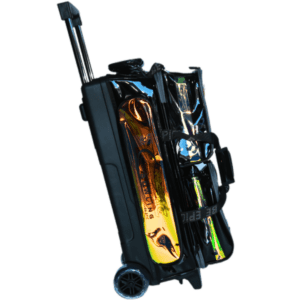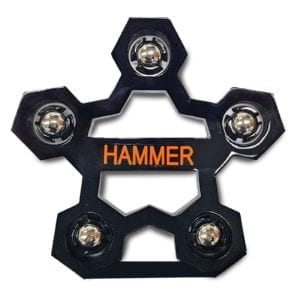Bowling How To's & Buyers Guides, Bowling News, Bowling Tips & Coaching Articles, Editorials, Surface & Layouts
Feedback and Questions Answered From Layout Article
By Michael Cousins
On one of our articles from last week – the one that Mr. Gaines and I did on layouts – we got some great questions, as well as some disappointing remarks, regarding our terminology and verbiage and I would like to address that here.
First of all, some of these disappointing remarks could have been avoided with careful reading. Please understand that talking about things of this nature is never easy and writing about them is even harder. This is a very complex topic that Gaines and I worked very hard to simplify some of the lingo and make it so that all parties could understand and educate themselves.
As for some of the questions we received, I thought it was terrific! I loved the back and fourth dialogue and interest that you, the bowlers/readers, showed. It was, by far, our most successful article to date and John and I couldn’t be happier to pass along a little knowledge that will, hopefully, help you all in the long run. And I can tell you personally that we both look forward to collaborating on more articles going forward.
As for the questions our post garnered, they varied. Some were rather simple, some rather complex. But here, however, I am going to address some of the ones that I personally received.
The first one that I want to address involved finding a bowler’s PAP. A bowler without their own bowling ball, to be exact. While, as I stated in the article in which this one follows up, finding a bowler’s PAP is paramount to accurately pinpoint the bowler’s desired motion, for a bowler that does not currently own their own bowling ball, finding their PAP will not help much, as they are still learning and developing their game. As I said in the other article, our PAP is determined by how we exit the bowling ball, therefore, a bowler just starting out, getting his first ball likely doesn’t exit the bowling ball consistently enough for it to matter just yet.
The next question I received was more of a comment, really. They told me that in all of their years of bowling, going to multiple shops to have their balls drilled, they never once had their PAP identified. While I cannot confirm or deny that this is true, it remains disappointing. As a Pro Shop operator, it is my job to put you into the right ball, with the right layout, that will best suit and fit your game. I take pride in this.
Many do, in fact. Some, however, are simply there to put three (or four) holes in a ball and send you on your way. While I would never urge anyone to leave their Pro Shop guy, nor would I ever talk down to a fellow Pro Shop operator, I would advise you to speak with your Pro, ask him to take a look at your PAP, and save it in his records going forward. I really cannot stress the importance of finding your PAP enough.
The last question I am going to address in this particular article intrigued me quite a bit. Their question was simple, but, at the same time, complex. Their question had to do with bowling terminology, or lack thereof, really. They asked if one of the biggest issues our sport is facing is a lack of clear, precise terminology, how do we fix it? It seems simple enough, right? Why can’t we just all get on the same page and work together. Well, unfortunately, this is much easier said than done.
Understand that all bowlers, coaches, and Pro Shop operators, for that matter, were brought up differently. I can tell you that the way that I was taught was likely not the same way that John was taught. It is just the way life is, and bowling is no exception.
In my opinion, three of the smartest minds that I have ever had the privilege of working with are Randy Stoughton, Del Warren, and John Gaines. All three of them are brilliant, truly. Having had the honor of learning from them is not something I take lightly. That being said, though, having worked with all of them, I can tell you that all have different ways of verbalizing things. And that in no way makes any of them wrong. They are just different minds, who were taught things differently, and, therefore, have totally different ways of teaching.
So, in short, to answer this question, I don’t know that it can be fixed, not anytime soon, anyways. I don’t even know how to go about trying. People vary, just like their vocabulary. In a perfect world, yes, we’d all verbalize things the same way, and we’d all be on the same page, all the time. But there’s nothing perfect about our world, or our sport, for that matter.
As always, keep up the commentary on these articles. We really appreciate your viewership and comments. We do these articles and blogs for you guys and we love seeing your participation!










